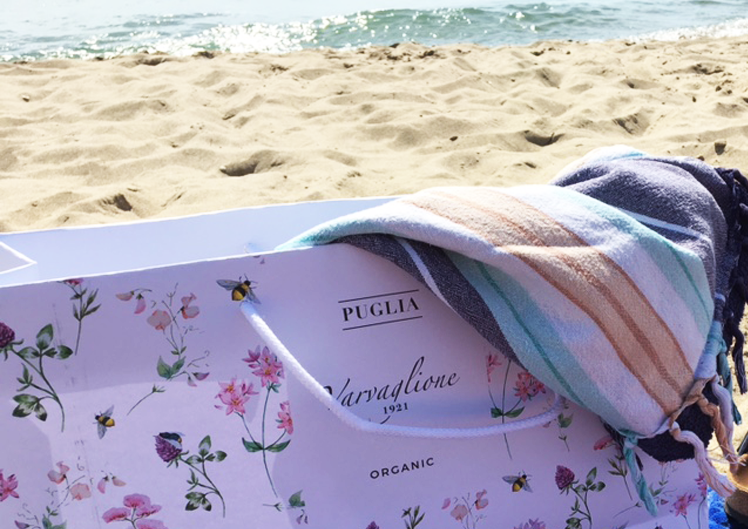Varvaglione 1921’s company is based a bit far away from to the Ionian shores that right face onto both the Gulf of Taranto and the city named after it. This city, is also known as “the two seas city” because its outer coast – the bay enclosed between Punta Rondinella on the North and Capo San Vito on the South – borders on ‘Il Mar Grande’ (that means the Big Sea) and its wide inner basin is formed by ‘Il Mar Piccolo’ (that means the Small Sea). Taranto is also called Tarentum – as its Latin name. The plots where vineyards take their roots are varied, in particular they are clay and calcareous. Also, the presence of fossils and iron oxide in these loams results in the natural-reddish-colour soil. The iron in the soil helps its drainage, so avoiding stagnation after the rain. This is why red soils are the most recommended to make wine. The climate in the lands extending across the inner areas and along the coast is usually Mediterranean and rarely continental. The wintertime is generally mild and sometimes cold air arrives from the East, resulting in a lot of rainfalls and sometimes in snowfall. Instead, the summertime in Taranto is very hot and muggy and temperatures sometimes reach 40°C. In this territory – whose former name was Magna Grecia – wine is a fundamental pillar of local culture, as shown by hundreds of images on bowls, amphoras and frescos kept in the National Archaeological Museum in Taranto. Taranto’s climate, months and seasons are influenced by wine and people’s lives pivot on the earth cultivation and on an ever-awaited grape harvest. Through the free standing vineyards in Taranto, in Salento and in the whole of Puglia, Varvaglione 1921 is now producing high quality wines, as modern representation of a thousand-year old history. They originate from native vine varieties and the result uniquely reveals the peculiarities of this wonderful territory.







